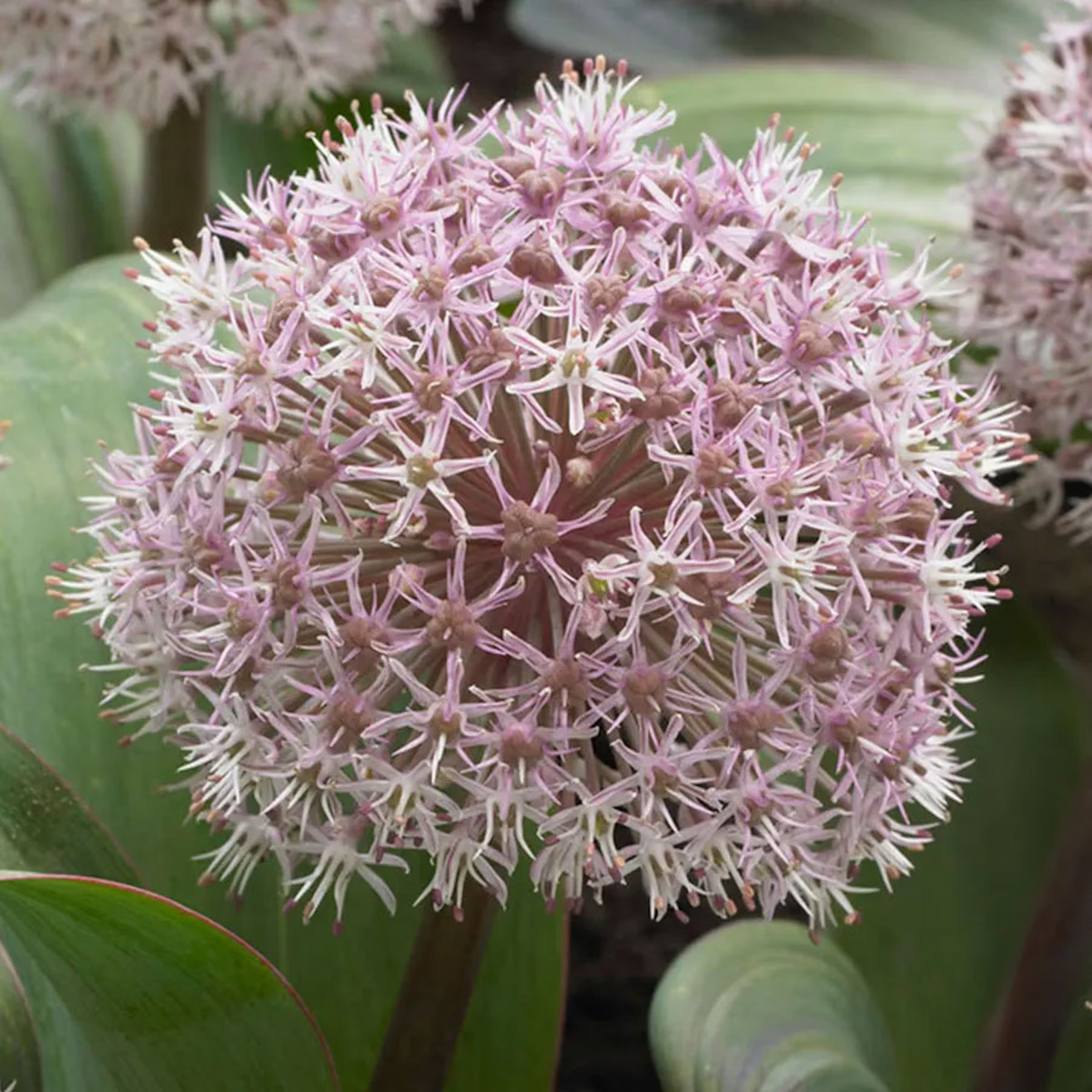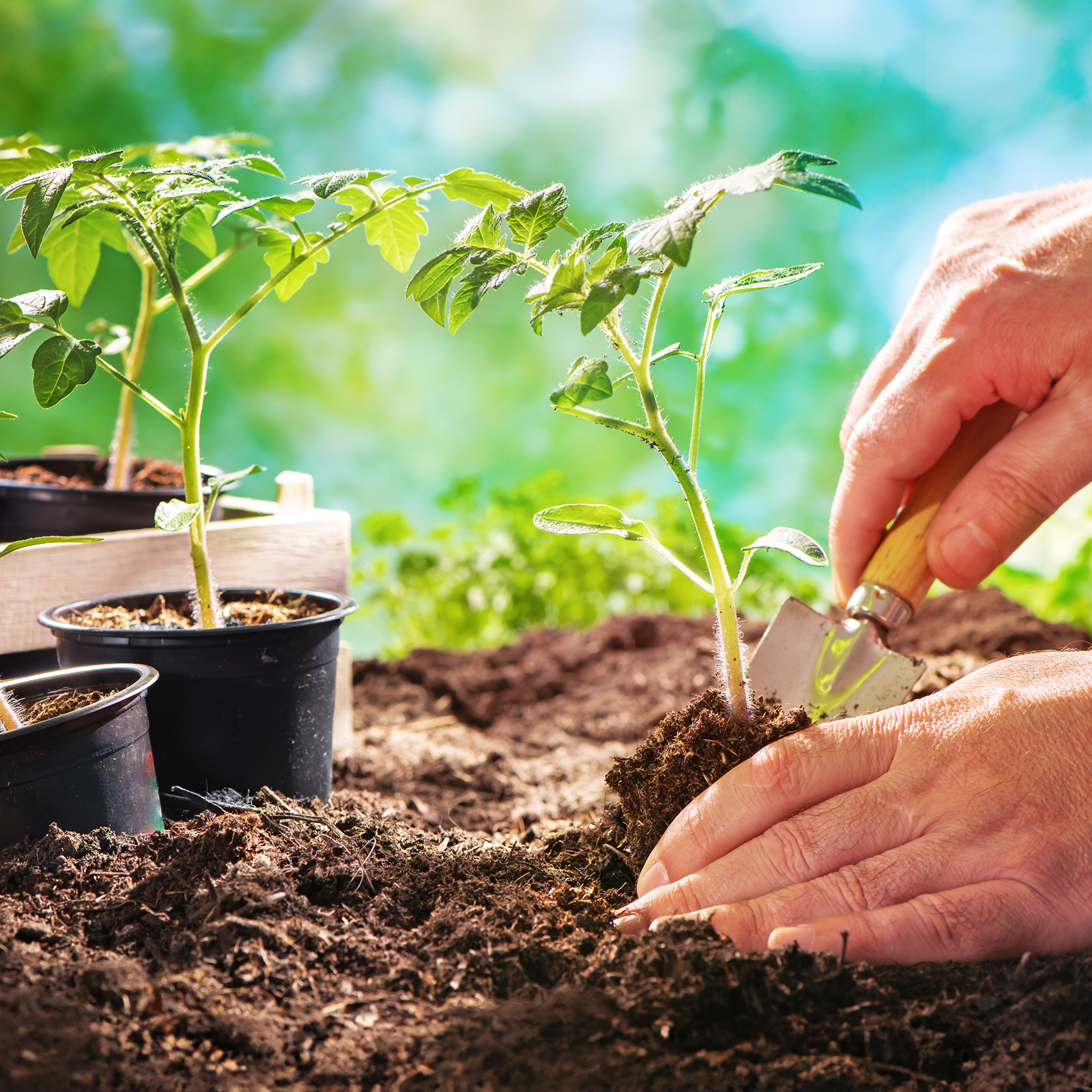These Fake-Looking Plants Aren’t AI-Generated – They’re Real & You Can Grow Them!
Sometimes Nature creates strangely beautiful fake looking plants that don’t always appear to seem exactly real. Check out some of the amazing specimens.


As artificial intelligence gets smarter and better, images of fake-looking plants that seem too perfect are becoming the norm. But nature is even better than AI. It can create such perfection that real plants seem generated.
No matter how wildly hued or dramatically formed, these plants that look fake are actually the real deal. Combine nature with some innovative botanists and there are some living surprises in our world.
Real Plants That Look Fake
1. Hungarian Blue Poppy

Truly blue plants are a rarity in nature. The Hungarian blue poppy is close, with bluish-purple petals held in a loose tulip-type form. The petals have a gentle crepe paper appearance and subtle ruffling at the tips. They are like something from dreamland and have maximum visual impact when planted in a mass.
If you're a baker you'll also enjoy the edible seeds that come from chubby little pods that form after the vibrant petals have fallen. From seed to flower is only 84 days. The Hungarian blue poppy is hardy in United States Department of Agriculture zones 5-9.
2. Allium Karataviense

Ornamental onions have taken the garden world by storm. Allium karataviense is a large allium with big, fluffy clusters of delicate pink flowers. The rounded head is composed of numerous starry little blooms and looks like a cloud at a gentle sunrise. The flower clusters are golf ball-sized on slender stems above blue-green, broad, strappy leaves. This allium is deer, rabbit, and rodent resistant and suitable for USDA zones 4-8.
3. Schizachyrium Scoparium Twilight Zone

This is a variety of Little Bluestem grass which is native to North America. The plant is a bunchgrass with attractive blue-tinged blades. These blades take on a twilight hue in mid-summer, turning silvery purple. Twilight Zone has an upright form and late-season appeal when its purple flower spikes turn golden in autumn. Birds use the plant for nesting material and its seed but deer leave it alone. Once established, Schizachyrium scoparium is drought tolerant. Look for Twilight Zone grass in the GKH shop.
4. Shrimp Plant

This plant will make you want surf and turf just by looking at it. The utterly surreal flowers really look like prawn bodies. Even the color is reminiscent of freshly cooked shrimp. It is a native of South America where it grows in tropical forests. Mature shrimp plants can measure 3 feet (1 meter) in height and the leaves are evergreen. The shrimp plant is hardy to USDA zones 8-11 and can even survive a brief frost. There are also yellow and lime green varieties.
Gardening tips, videos, info and more delivered right to your inbox!
Sign up for the Gardening Know How newsletter today and receive a free copy of our e-book "How to Grow Delicious Tomatoes".
5. Cephalanthus Occidentalis Fiber Optics

A thrilling species, Cephalanthus occidentalis is the common buttonbush. It is native to North America and hardy in USDA zones 4-10. Fiber Optics (available in the GKH shop) is a compact form of the plant with zany-looking blooms. They are rounded balls composed of 5-petaled, tiny white flowers with long pistils sticking from the center. The effect is much like a pincushion.
Buttonbush prefers moist locations and is often found near water. It can even tolerate soggy soil. The flowers are attractive to pollinators and birds enjoy the seed from the rounded nut capsule.
6. Black Tomatoes

Yes, you are reading that right, and no, they are not rotten. Even Dr. Seuss’ imagination couldn’t have come up with these. Truthfully, black tomatoes aren't technically black but more brown, deeply purple, or darkly maroon. There are cherry, slicing, heirloom, and hybrid varieties, all delicious in their own way. Some of our more common red varieties come in black tones like Black Brandywine. Other varieties to try might be Black Beauty, Queen of the Night, and Black Cherry.
7. Double Cascade Mix Hybrid Double Petunia

The flowers on these plants look like the ruffles on a 1970s tuxedo shirt but in prettier colors. Jewel tones of every hue are represented in this hybrid mix. The packet contains rich deep blue, soft pink, pink, lavender, orchid mist, and burgundy.
Attractive to butterflies and other pollinators, petunia flowers can withstand cool or hot weather. Each cluster is up to 15 inches (38 cm) tall with a similar spread and adorned with tons of 3 inch (7.6 cm) wide blooms. These are annuals but easy to grow and provide months of enjoyment.
You can find Double Cascade Petunia seeds in the Gardening Know How shop.
8. Blue Himalayan Poppy

Not to be outdone, we finish with these plants that look fake but are real. The blue Himalayan poppy boasts periwinkle blue, 4-petaled flowers with a crepey texture. They look delicate but are surprisingly quite stoic. They like moderate moisture, full to partial sun, and are easy to start from seed.
While the appearance of the blooms is similar to classic poppies, they are not actually poppy flowers. They are perennials and can achieve up to 5 feet (1.5 m) in height. Excellent in perennial or woodland gardens.
This article features products available from third-party vendors on the Gardening Know How Shop.

Bonnie Grant is a professional landscaper with a Certification in Urban Gardening. She has been gardening and writing for 15 years. A former professional chef, she has a passion for edible landscaping.
-
 Grow These 8 Pretty Peony Colors To Include In Your Garden For A Spectacular Spring Rainbow
Grow These 8 Pretty Peony Colors To Include In Your Garden For A Spectacular Spring RainbowThere are as many shades of peony as there are types of garden – each more gorgeous than the last. Discover some of the most exhilarating peony colors for your yard
By Teo Spengler
-
 Best Soil Tor Tomatoes: How To Cultivate The Perfect Blend & Add Amendments For A Bountiful Harvest
Best Soil Tor Tomatoes: How To Cultivate The Perfect Blend & Add Amendments For A Bountiful HarvestGive your tomato plants the foundation they need. Learn how to mix the ideal soil and choose the right amendments for your most abundant harvest yet.
By Amy Grant